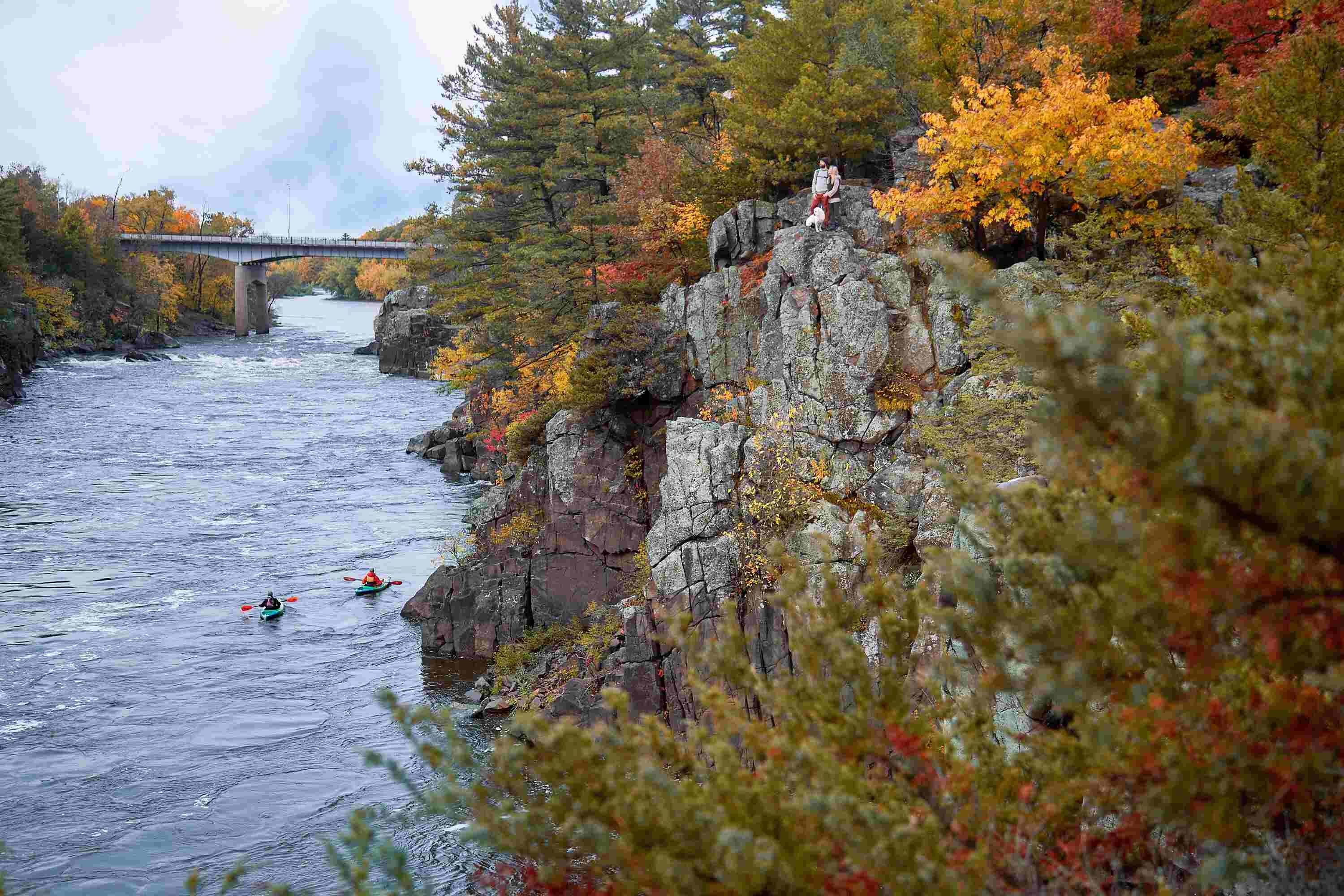Hidden Fur Trading Posts Along Minnesota’s St. Croix River

Ever wondered about the hidden fur trading posts along Minnesota's St. Croix River? These spots played a crucial role in the state's history. Traders and Native Americans exchanged goods, stories, and cultures here. Imagine walking through dense forests, hearing the river's gentle flow, and stumbling upon remnants of these old posts. They tell tales of adventure, survival, and commerce. Visiting these sites offers a unique glimpse into the past. Whether you're a history buff or just curious, exploring these hidden gems can be an exciting journey. Ready to step back in time and uncover Minnesota's rich fur trading history? Let's dive in!
Hidden Fur Trading Posts Along Minnesota's St. Croix River
Minnesota's St. Croix River holds secrets of a bygone era when fur trading posts dotted its banks. These hidden gems offer a glimpse into the past, where trappers and traders exchanged goods and stories. Let's uncover some of these fascinating sites.
1. Snake River Fur Post
Located near Pine City, the Snake River Fur Post is a reconstructed trading post that brings history to life. Visitors can explore the post, learn about the fur trade, and even try their hand at traditional crafts.
- Activities: Guided tours, hands-on activities, historical reenactments
- Best Time to Visit: Spring and summer for outdoor activities
2. Northwest Company Fur Post
The Northwest Company Fur Post in Pine City is another reconstructed site that offers a deep dive into the fur trade era. This post was a bustling hub of activity in the early 1800s, and today, it serves as an educational center.
- Activities: Interactive exhibits, educational programs, special events
- Best Time to Visit: Year-round, with special events in summer
3. St. Croix Boom Site
Though not a fur trading post, the St. Croix Boom Site near Stillwater played a crucial role in the region's history. It was a major logging site, and remnants of its past can still be seen today.
- Activities: Historical markers, scenic views, hiking trails
- Best Time to Visit: Fall for stunning foliage
4. Forts Folle Avoine Historical Park
Located near Danbury, Wisconsin, Forts Folle Avoine Historical Park features reconstructed fur trade posts from the late 1700s. The park offers a unique look at the lives of traders and Native Americans.
- Activities: Living history programs, guided tours, cultural events
- Best Time to Visit: Summer for full access to all activities
5. Grand Portage National Monument
While not directly on the St. Croix River, the Grand Portage National Monument near Lake Superior is worth mentioning. This site was a key location for fur traders and offers extensive exhibits and reconstructions.
- Activities: Visitor center, historical reenactments, hiking trails
- Best Time to Visit: Summer and fall for outdoor activities
6. Sibley Historic Site
Located in Mendota, the Sibley Historic Site includes the home of Henry Hastings Sibley, a prominent fur trader. The site offers a glimpse into the life of one of Minnesota's most influential figures.
- Activities: House tours, historical exhibits, special events
- Best Time to Visit: Spring and summer for guided tours
7. Mille Lacs Indian Museum and Trading Post
The Mille Lacs Indian Museum and Trading Post in Onamia provides insight into the fur trade from the perspective of the Ojibwe people. The museum features exhibits on Ojibwe culture and the fur trade.
- Activities: Museum exhibits, cultural programs, traditional crafts
- Best Time to Visit: Year-round, with special events in summer
8. Historic Fort Snelling
Historic Fort Snelling in St. Paul is a well-preserved military fort that also played a role in the fur trade. The fort offers a comprehensive look at Minnesota's history, including its fur trading past.
- Activities: Guided tours, living history demonstrations, educational programs
- Best Time to Visit: Summer for full access to all activities
9. Lac qui Parle Mission
The Lac qui Parle Mission near Watson was a key site for fur traders and missionaries. The mission offers a unique look at the intersection of fur trading and missionary work in the region.
- Activities: Historical exhibits, guided tours, special events
- Best Time to Visit: Spring and summer for outdoor activities
10. Chippewa City
Chippewa City near Grand Marais is a reconstructed fur trading village that offers a glimpse into the lives of fur traders and Native Americans. The village features several restored buildings and exhibits.
- Activities: Village tours, historical reenactments, cultural events
- Best Time to Visit: Summer for full access to all activities
Discovering Minnesota's Hidden Fur Trading Posts
Exploring Minnesota's hidden fur trading posts along the St. Croix River offers a unique glimpse into the state's rich history. These sites, often tucked away in scenic locations, provide a fascinating look at the lives of early traders and the indigenous communities they interacted with. Visiting these posts not only enriches your understanding of Minnesota's past but also allows you to appreciate the natural beauty of the region. Whether you're a history buff or just looking for a new adventure, these hidden gems are worth the trip. Take the time to visit, learn, and enjoy the stories these places have to tell. Your journey through Minnesota's fur trading history will be both educational and memorable.

